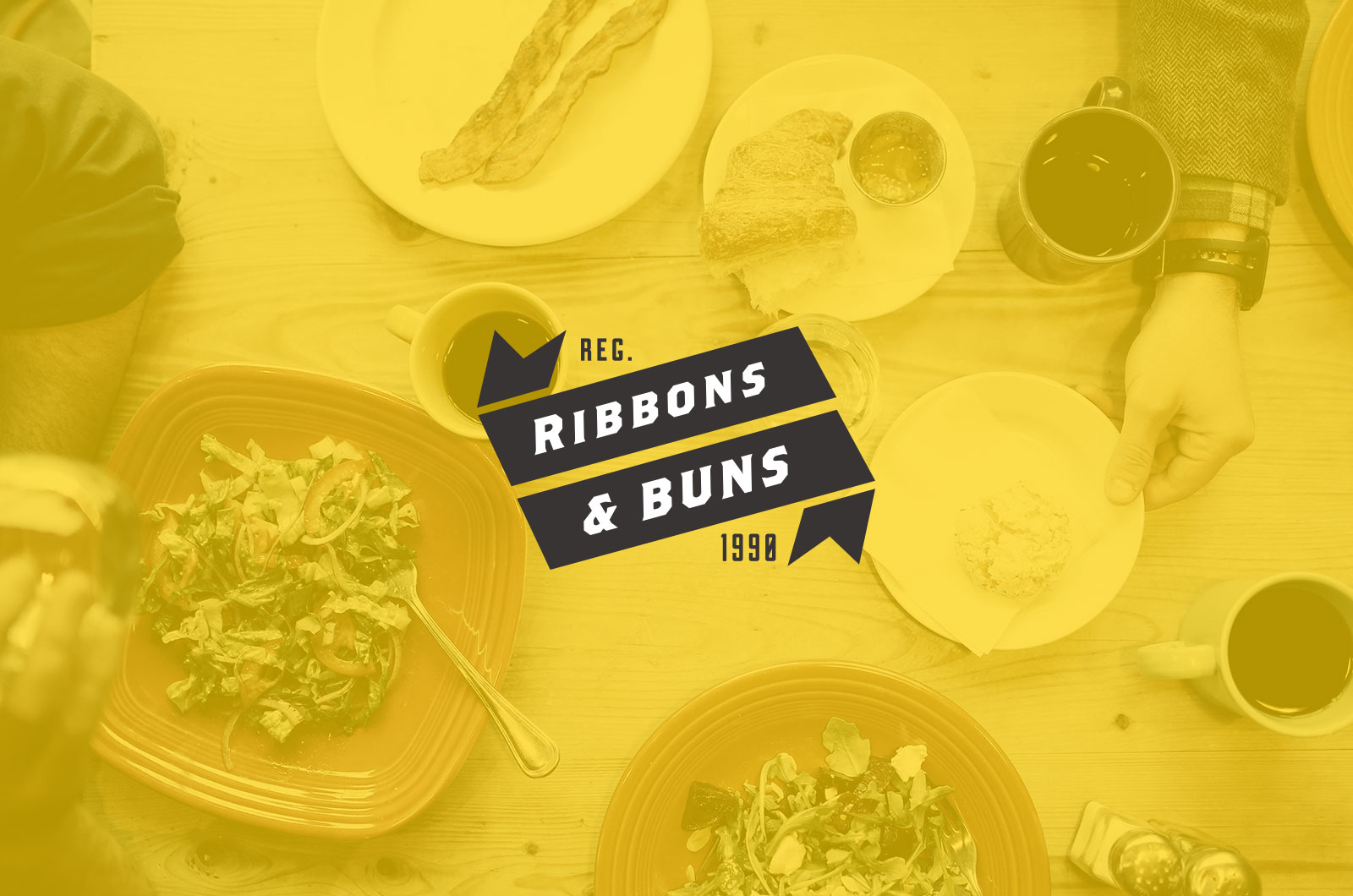The North Face: Backyard Project Round 2
What started out as an experiment by The North Face has turned into a whole new line. Thanks to the demand of conscious consumers, companies like TNF are looking for ways to source and produce their garments more responsibly.
The North Face just launched their second installment of The Backyard Project, an almost completely local and 100% domestic clothing line. This line of cotton tees and hoodies for both sexes is grown in Arizona, processed in South Carolina, and sewn in California. This expansion of their original project, which started with a unisex hoodie, shows opportunity for growth in the domestic clothing market.
The roots of the Backyard Project
The North Face started this project in 2014 as a test run with one unisex hoodie. Working with Fibershed and the Sustainable Cotton Project, they were able to source Cleaner Cotton fibers from local farmers and complete most of the manufacturing locally.
Cleaner Cotton is a product of the Sustainable Cotton Project which brings together farmers using biological farming practices that exclude the use of pesticides and herbicides. This process eliminates the 13 most toxic chemicals used in conventional cotton cultivation. While not organic, the environmental impact of this cotton is much lower than conventionally grown cotton.
Fibershed connects the community of growers and artisans which allowed for everything other than the carding, spinning, and knitting of the cotton to take place locally. Due to the fact that there were no mills in the region to do this work, it was completed in North and South Carolina by family owned mills.
This Year’s Line
The North Face has scaled their operations considerably from last year, moving up from 1 unisex hoodie to 7 new styles of hoodies and tees in eight different colors. To supplement their California cotton source they have started sourcing cotton from the Arizona based The Natural Hue Company. They have also moved the majority of their production to Los Angeles, which has much more apparel manufacturing infrastructure.
Overall, this second line is slightly less local, but still holds true to the ‘Made in the USA’ and environmentally/socially conscious ethics they set out to meet. It’s certainly a big step in the right direction. Success in this product line will undoubtedly spur similar projects.
Highlights of the Backyard project
- No petroleum based dyes – they use a strain of cotton whose natural color eliminates the need for synthetic dyes.
- Less waste – The North Face produced a new, more efficient pattern to reduce fabric waste between cutting and sewing of the material
- Local jobs – the process supports over 100 American-based manufacturing jobs
- Conscious at scale – 16,963 garments made
In a time where 95% of apparel in our closets is produced overseas, it’s difficult to find the same sources and services in shore. In their 2014 experiment, The North Face proved that it is possible to produce local and responsible products at a reasonable price. And, because of the success of their efforts I expect them to continue growing this clothing line!
Image Credit: 1) The North Face

